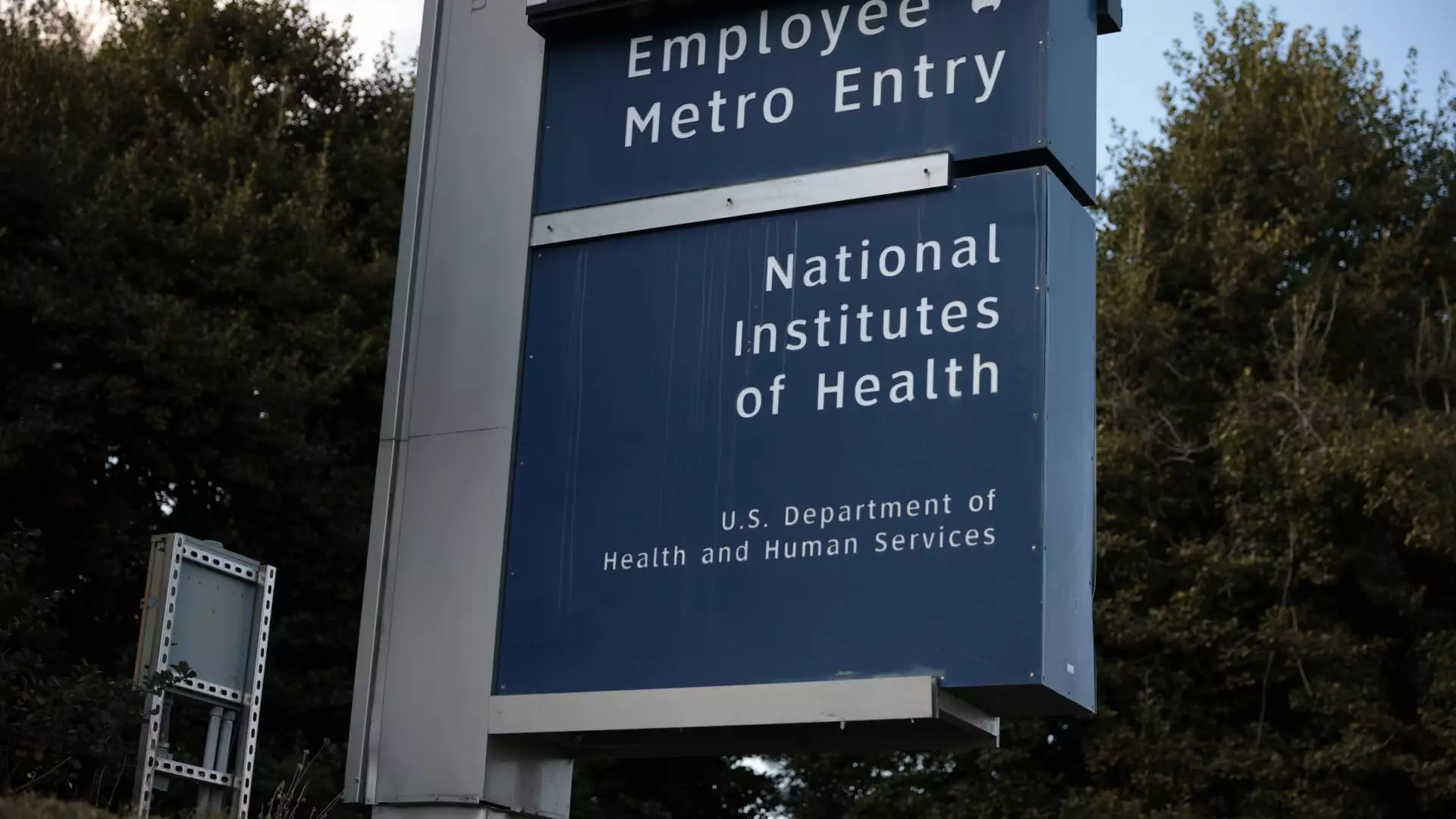6 Critical Reasons NIH Funding Cuts Could Wreak Havoc on Life Science Research

The recent moves by the Trump administration to slash National Institutes of Health (NIH) funding have provoked widespread concern, primarily for life science tools companies and the broader research community. The NIH’s decision to impose a cap on indirect costs at 15% greatly undervalues the essential components of academic research sustainability. The ramifications of these cuts stretch well beyond immediate funding reductions, presenting long-term challenges to the integrity of scientific exploration.
Skewed Perspectives on Research Costs
The decision to cap indirect cost funding at a mere 15% is perplexing at best and economically shortsighted at worst. Currently averaging between 27% and 28% across leading universities, institutions rely on this funding, not just for basic project expenses but for operational and administrative necessities. Harvard, Yale, and Johns Hopkins set the standard with indirect cost rates exceeding 60%. This stark discrepancy reflects an inherent misunderstanding of the intricacies of research funding. By ignoring these nuances, the administration risks dismantling an established framework critical for fostering innovation.
One of the most alarming aspects of these cuts is the projected $4 billion in annual savings touted by the administration, which, while appealing from a fiscal responsibility standpoint, overlooks the long-term economic and scientific costs. For an agency that has consistently been the world’s foremost public funder of biomedical research, such a drastic financial maneuver could fundamentally disrupt the operational fabric supporting crucial scientific work.
The Investor’s Dilemma
Investors are collectively holding their breath as uncertainties swirl around NIH funding. Bank of America analyst Michael Ryskin highlighted a critical point: a staggering 60% of U.S. academic research funding emanates from federal sources, with an overwhelming dependency on NIH grants. Life science companies like 10x Genomics, Illumina, and Bruker, which would face significant jeopardy if this funding is curtailed, are reporting substantial share price declines. For instance, while the S&P 500 took a mere 4% dip over the last month, Illumina’s stock plummeted approximately 10.8%.
The implications are profound; if researchers are unable to procure sufficient funding for indirect costs, the entire infrastructure supporting their work is in jeopardy. Bringing academic projects to fruition isn’t just about securing grants for laboratory supplies; it’s also about maintaining the buildings, systems, and personnel crucial for conducting quality research.
Overstocking and Market Sensitivity
Compounding these funding issues is the climatic legacy of the COVID-19 pandemic. After a surge in demand for life science commodities during the pandemic, a glut followed, leading to overstocks that now threaten revenues in the sector. Analysts observe that what was once a non-cyclical sector now seems entangled with fickle market dynamics. This sudden shift in vulnerability has not gone unnoticed. Investors are increasingly frustrated to witness a sector historically viewed as resilient struggling under the weight of administrative cuts and market volatility.
William Blair’s Matt Larew has highlighted that the momentary positive momentum seen in the life sciences sector has evaporated. The accumulated frustrations of a once steady investment landscape are now culminating in a starker realization: the very foundations of key industries are fragile, subjected to unpredictable external forces like bureaucratic cuts.
The Local Economic Impact
The ripple effects of the NIH cutbacks will not only compromise scientific integrity but will also strain local economies reliant on research institutions. Tara LeGates, a researcher at the University of Maryland, emphasized the broad-ranging consequences; when institutions lack the capacity to support projects, the jobs that sustain the local workforce will inevitably dwindle.
Budgetary allocations toward indirect costs cover not merely operational essentials; they help sustain the workforce that fosters innovation. The risk of layoffs swings the door wide open for a rapid decline in local economic vitality, obstructing the very flow of advancement that these research environments typically catalyze.
Threatening America’s Innovation Ecosystem
From a broader perspective, the potential passage of these funding cuts poses a significant threat to America’s global standing in the realms of drug discovery and innovation. Puneet Souda at Leerink points to the catastrophic consequences of weakening our research infrastructure—the fundamental innovation that has been a hallmark of American biomedical research could falter.
If financial support dwindles, the United States risks falling behind technologically and scientifically in an increasingly competitive global marketplace. The long-term viability of American ingenuity hinges on maintaining robust funding structures that ensure our most brilliant minds are given the resources needed to thrive.
The implications of the NIH cuts are not merely confined to funding lines; they reach deep into the heart of what it means to be a leader in scientific research in the 21st century. Ignoring these realities is not just a mistake; it is a grave threat to scientific progress, economic health, and national pride itself.





